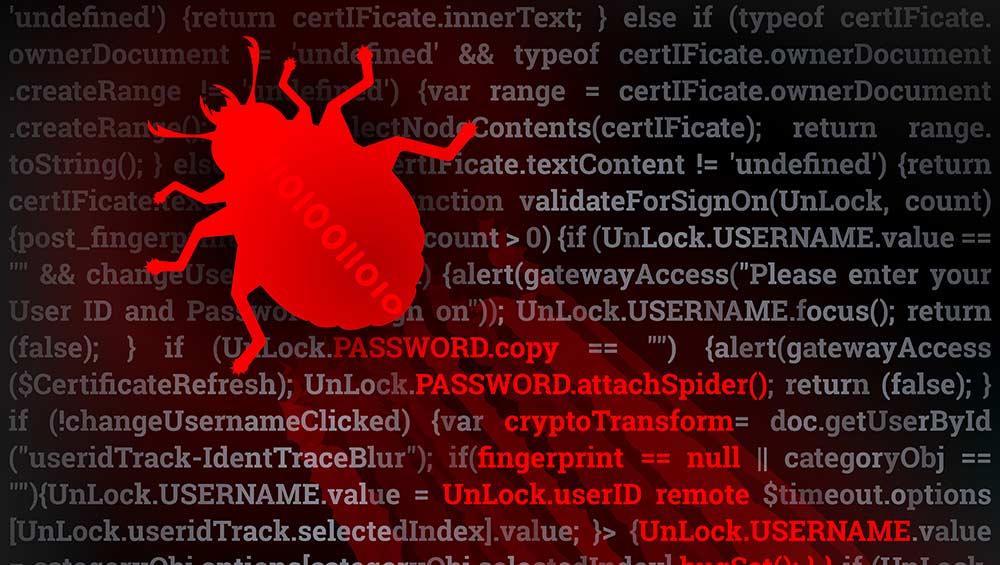Top 10 malware list shows rise of fake anti-virus
The top 10 malware threat list from Sunbelt Software has provided further proof of the rise of fake anti-virus software.


While Trojans and bots are the most prevalent forms of malware circulating the web, cyber criminals' use of rogue anti-virus software is steadily increasing.
So claims Sunbelt Software, which released its list of the top 10 malware threats in April. The rankings were largely unchanged from March apart from the entry of a loader for a rogue security product named SecurityTool.
The FraudTool.Win32.SecurityTool (v) threat took the final place in the top 10, removing Virtumonde from the list.
A recent report from Google claimed that fake anti-virus software now accounts for 15 per cent of all malware on the web.
"Trojans and bots are very prevalent. We also have an indication that rogue security products continue to spread," said Sunbelt Software research centre manager Tom Kelchner.
"In recent months many security researchers at antivirus companies have been noticing a slow but steady increase in rogue activity. It's becoming a very significant source of income for the bad guys," he added in a statement.
Trojan.Win32.Generic!BT was ranked as the most prevalent form of malware threat by Sunbelt, with a 33.74 share, far ahead of Exploit.PDF-JS.Gen in second place on 3.41 per cent.
Get the ITPro daily newsletter
Sign up today and you will receive a free copy of our Future Focus 2025 report - the leading guidance on AI, cybersecurity and other IT challenges as per 700+ senior executives
Tom Brewster is currently an associate editor at Forbes and an award-winning journalist who covers cyber security, surveillance, and privacy. Starting his career at ITPro as a staff writer and working up to a senior staff writer role, Tom has been covering the tech industry for more than ten years and is considered one of the leading journalists in his specialism.
He is a proud alum of the University of Sheffield where he secured an undergraduate degree in English Literature before undertaking a certification from General Assembly in web development.
-
 Cisco names Oliver Tuszik as global sales chief
Cisco names Oliver Tuszik as global sales chiefNews Cisco has announced the appointment of Oliver Tuszik as its new executive vice president of global sales, who replaces Gary Steele.
By Daniel Todd
-
 AI will chew through the same amount of energy as Japan by 2030
AI will chew through the same amount of energy as Japan by 2030News The energy demand of AI data centers will top that of Japan by the end of the decade, new research shows – and that’s providing that energy grids can even keep up.
By Nicole Kobie
-
 Hackers are stepping up ‘qishing’ attacks by hiding malicious QR codes in PDF email attachments
Hackers are stepping up ‘qishing’ attacks by hiding malicious QR codes in PDF email attachmentsNews Malicious QR codes hidden in email attachments may be missed by traditional email security scanners, with over 500,000 qishing attacks launched in the last three months.
By Solomon Klappholz
-
 CronRat Magecart malware uses 31st February date to remain undetected
CronRat Magecart malware uses 31st February date to remain undetectedNews The malware allows for server-side payment skimming that bypasses browser security
By Rene Millman
-
 Mekotio trojan continues to spread despite its operators’ arrests
Mekotio trojan continues to spread despite its operators’ arrestsNews Hackers have used it in 100 more attacks since arrests
By Rene Millman
-
 “Trojan Source” hides flaws in source code from humans
“Trojan Source” hides flaws in source code from humansNews Organizations urged to take action to combat the new threat that could result in SolarWinds-style attacks
By Rene Millman
-
 What is Emotet?
What is Emotet?In-depth A deep dive into one of the most infamous and prolific strains of malware
By Praharsha Anand
-
 Fake AnyDesk Google ads deliver malware
Fake AnyDesk Google ads deliver malwareNews Malware pushed through Google search results
By Rene Millman
-
 Hackers use open source Microsoft dev platform to deliver trojans
Hackers use open source Microsoft dev platform to deliver trojansNews Microsoft's Build Engine is being used to deploy Remcos password-stealing malware
By Rene Millman
-
 Android users told to be on high alert after Cerberus banking Trojan leaks to the dark web
Android users told to be on high alert after Cerberus banking Trojan leaks to the dark webNews The source code for the authenticator-breaking malware is available for free on underground forums
By Sabina Weston